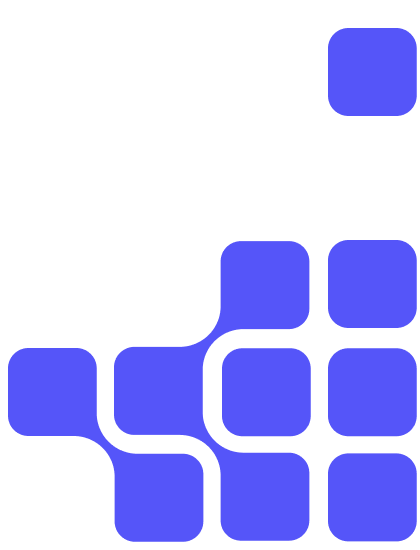Embrace a Hybrid Data Platform for DORA Compliance
The Digital Operational Resilience Act (DORA) strengthens financial institutions' operational resilience and highlights hybrid platforms as key to compliance, offering flexibility, security, and resilience. The blog speaks to the importance of swift action, emphasizing that a secure hybrid data strategy transforms compliance into a competitive advantage.

